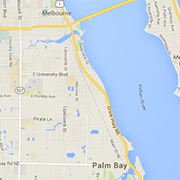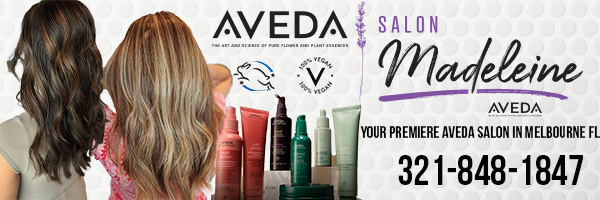Minimally Invasive Dentistry

Using scientific advances allows dentists to practice minimally invasive dentistry — doing what needs to be done without ever removing more of the tooth structure than is required to restore teeth to their optimal condition.
Minimally invasive dentistry also relies on long-lasting dental materials that conserve the maximum tooth structure, so need for future repairs is reduced. We are in the age of non-metallic dentistry.
Dentistry has come a long way since the early 1800s, when amalgam fillings first appeared. These fillings — made with silver powder, liquid mercury and some tin, copper and a few trace minerals — are worrisome to patients who fear the effects on their health. Patients may not realize how destructive amalgam fillings can be to the tooth.
To place amalgam fillings, dentists need to clean the decay and then drill away healthy tooth structure to include grooves or pits. This further weakens an already decay-compromised tooth. Since silver-mercury fillings are brittle when thin, dentists have to drill deeper in order to achieve sufficient strength. These amalgam fillings do not bond to the tooth, so dentists must place undercuts in the tooth to keep fillings from falling out.
The amalgam fillings expand and contract at different rates than tooth structure, and fractures usually develop in the tooth, even with relatively small fillings. Pain when biting, particularly a sharp “zing,” is a strong indication that the fracture is irritating the nerve inside the tooth.
At this time, a crown or onlay to cover the tooth and hold the fracture is the best hope to save the tooth. Sometimes the tooth will fracture and a piece will break off. A favorable fracture can often be restored with a crown; others will need periodontal crown lengthening surgery or a root canal before being crowned. A small percentage can catastrophically fracture and must be extracted.
The best way to avoid these painful and costly problems is prevention. Xylitol therapy has been successful in reducing decay-causing streptococcus bacteria, which results in a rise in the pH. Xylitol products include bioavailable minerals to rebuild enamel that has been demineralized by the acid-causing streptococcus bacteria. A higher pH enables these minerals to flow back into the tooth, changing the ecology of the mouth and warding off decay and gum disease. Small cavities on the smooth surfaces of the tooth can actually be arrested and reversed with remineralization.
Xylitol tray therapy is the most effective delivery, but 4 to 6 grams a day, available in many different forms, is also beneficial.
Other technological advances like the Diagnodent Laser Cavity detector and the surgical microscope allow dentists to work on teeth without shots and drills.
Minimally invasive dentistry is all about patient education and prevention as the optimal way to eliminate costly and oftentimes painful situations. There is no synthetic material as good as your own natural tooth structure, and minimally invasive dentistry maintains as much of your pearly whites as possible. With minimally invasive dentistry, less is indeed more.
For more information, visit www.smiledesigncenter.us.
After practicing dentistry for five years in Honolulu and 20 years in Rhode Island, Dr. Chris Edwards moved to Brevard County in 2002 and opened the Smile Design Center in Viera. He is a consummate learner and as his knowledge base expanded, he changed the name to the Smile Design and Wellness Center in 2015. He was certified as a doctor of naturopathy in 2013 and is accredited by the IAOMT. Dr. Edwards has been a forward thinker with regard to technology to enable a higher level of service to his patients.
Read more articles in our Digital Magazine.








